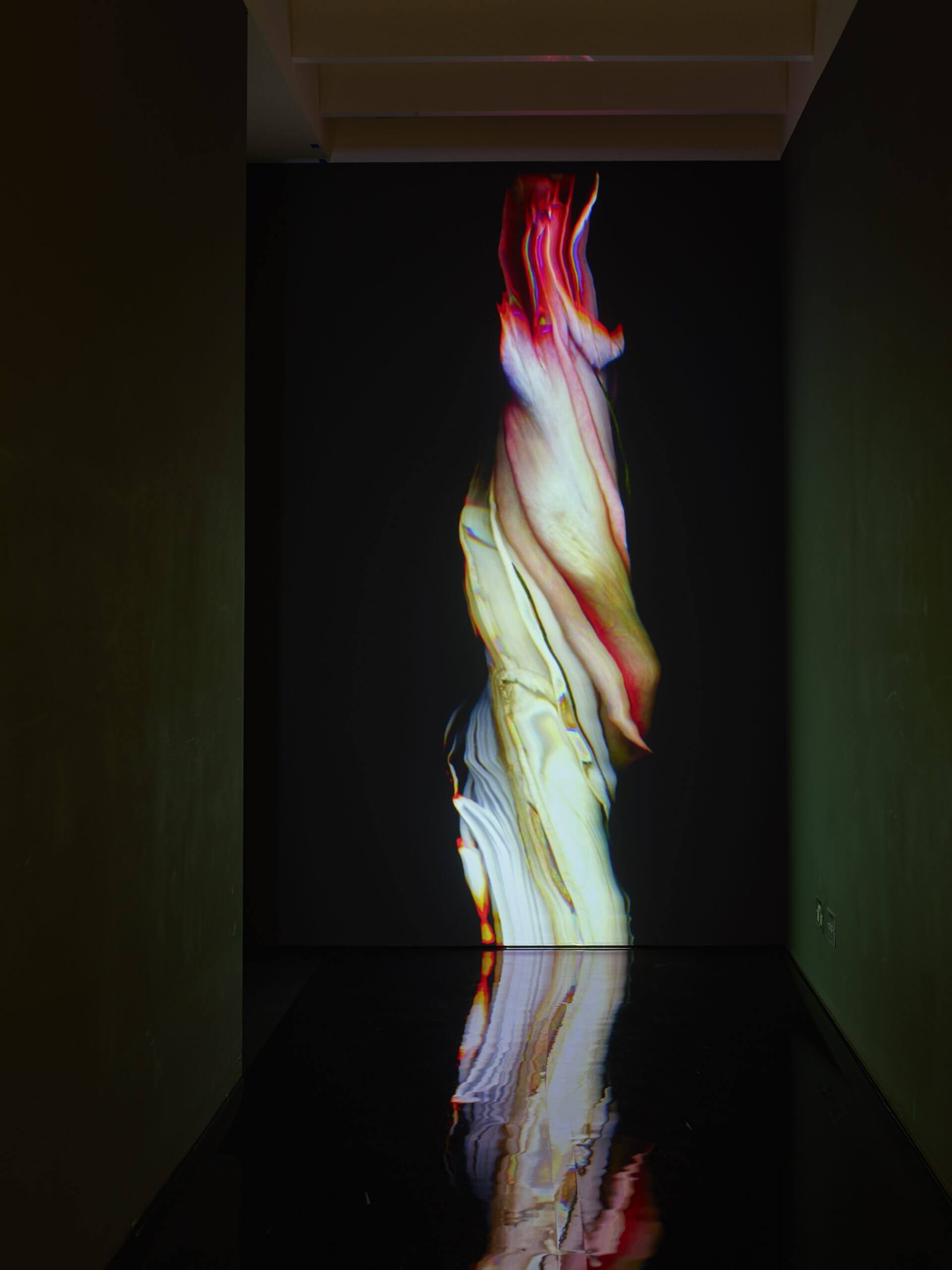The Dark Matters
How Black is Darkness?
The ancient Chinese got their ink from smoky oil lamps, brushing away deposited soot and mixing it into a paste that hardened into “stones”. This black was pure, indelible and did not fade, and they fell in love with it. They used it not only for writing but for painting, which they saw as just another way to express their thoughts.
By adjusting the ink’s dilution and the density of their brushstrokes, painters could create a multitude of shades, from deepest blue-black to palest dove grey. Black had always been the colour of mystery, night, the void. The better the artists got to know black ink, the more superficial, even gaudy, colour seemed. As the Daoist philosopher Laozi declared: “Colours cause the eye to go blind.” Black—utterly simple yet infinitely subtle—allowed one to see the truth.
Chinese artists no longer live in a simple, natural, orderly world. They get their blacks not just from ink stones but from printer cartridges, spray cans, propane torches, X-ray film, newsprint, polyester, computer bits and steel. And they use blacks to convey realities the classical masters never dreamed of: oil spills, air pollution, megacities, mass production and political machinations. The artists in this show don’t shun light or colour, but in using them they follow Laozi’s advice: “Know the white, but hold to the black.” Containing more than ever, the dark also conceals more than ever. And it matters more than ever that we see.
dimensions variable
7 min 30 sec
80 x 140 x 160 cm
123 x 220 x 51 cm
156 x 330 cm
6 pcs
ea 6 x 9.8 x 21.5 cm
88 x 100 x 30 cm
30 x 160 x 28 cm
dims variable
109 x 62 x 62 cm
dims variable
10 min 40 sec
2 min 10 sec
4 min 36 sec
4 min 30 sec
1 min 30 sec
4 min 22 sec
300 x 602 cm
170 x 250 cm
210 x 152 x 42 cm
190 x 190 cm
90 x 72 cm
72 x 90 cm
dimensions variable
270 x 388 cm
109 x 253 cm
160 x 227 cm
various dimensions
67 x 437 x 80 cm
ea 128 x 102 cm
4 min 3 sec
124 x 246 cm
7 min 26 se
10 min 52 sec
55 x 510 x 780 cm
ea 60 x 60 cm
5 min 44 sec


























